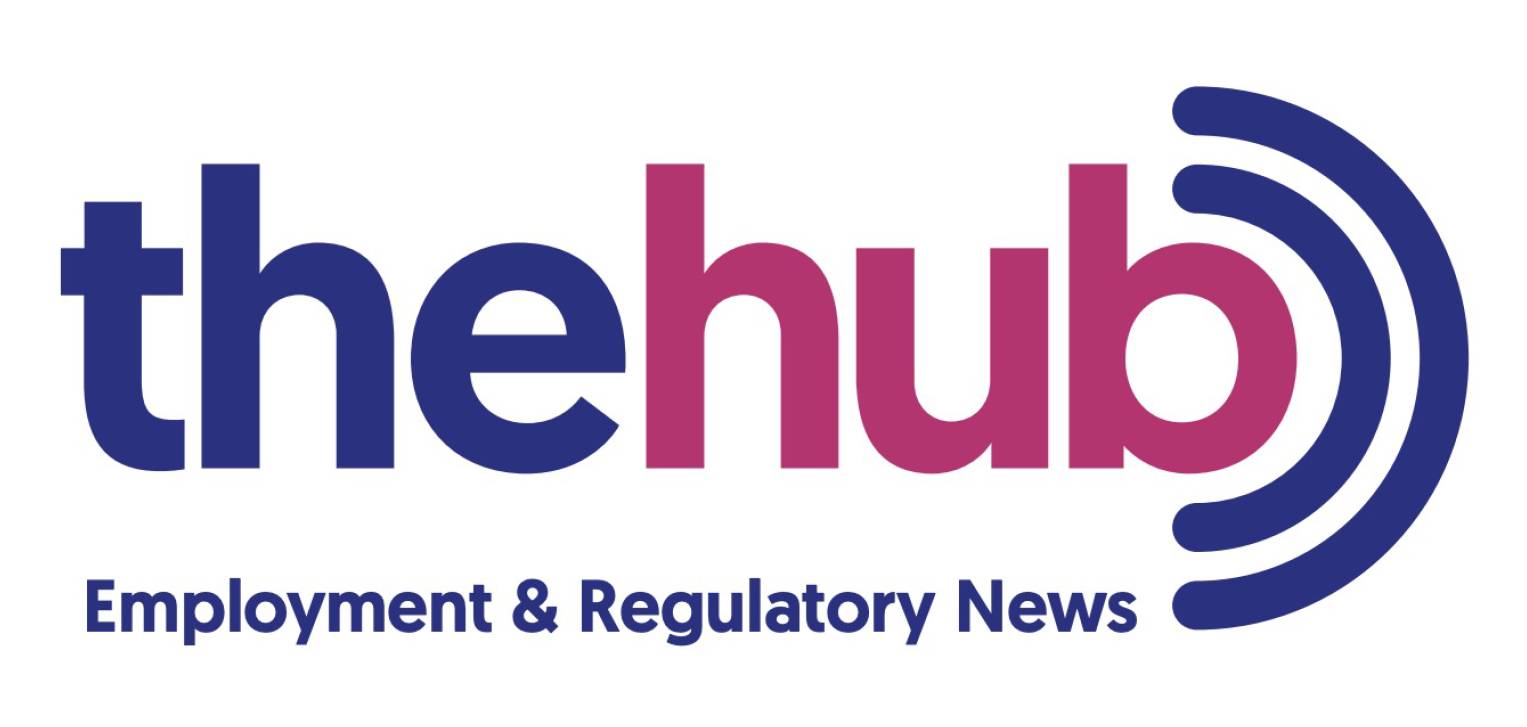In the News
| National Insurance and Health and Social Care Levy 2022-2024
The Prime Minister announced that from April 2022, employees and the self-employed will pay more tax beginning with a 1.25% increase in National Insurance contributions until April 2023 when it will return to its current rate. It will apply to employees and employers liable for Class 1 NICs and self-employed individuals liable for Class 4 NICs.
From April 2023, a formal legal surcharge of 1.25% will replace the above increase in NICs rates and will also apply to those working above State Pension age, but those workers who earn less than £9,564 will not pay the National Insurance increase or the Levy.
There are also plans to increase the rates of income tax that apply to income from dividends to support the funding required to the health and social care and adult care reforms.
https://commonslibrary.parliament.uk/research-briefings/cdp-2021-0139/
|
| Employment Tribunal upholds Claim of Indirect Associative Discrimination
The Employee was on a homeworker contract, present in the office only 2-3 days per week as she was a carer for her disabled mother. The Employee was dismissed by reason of redundancy, as was another homeworking employee, despite a sufficient number of office-based volunteers coming forward to accept redundancy. Claims were subsequently brought for unfair dismissal, direct and indirect associative disability discrimination and indirect sex discrimination.
The Tribunal concluded that the reason for the less favourable treatment was based on her status as a homeworker, taking into account the other dismissed employee who was not disabled. Therefore the direct associative discrimination claim failed. The claim of indirect associative discrimination was considered as the employee’s role was no longer permitted to work from home full-time as this puts carers at a disadvantage compared to non-carers.
The Employer had not considered alternatives or provided evidence as to how the decision was based and they were fully aware of the employee’s carer responsibilities for her disabled mother. The Employer failed to argue the decision was a legitimate aim as the Tribunal held that the need for on-site supervision in itself contained a discriminatory element, and even if a legitimate aim was established, the Tribunal was not satisfied of a real need but only a subjective view that the new arrangement would be ‘better’. The employee’s claim of indirect associative discrimination was therefore upheld.
|
| Lack of Appeal itself does not Make a Redundancy Dismissal Unfair (Court of Appeal)
In the Court of Appeal case Gwynedd County Council v Barratt and another [2021] EWCA Civ 1322, it was held that the absence of an appeal procedure does not of itself render a redundancy dismissal unfair, but it is a factor to be considered when determining the overall fairness of the dismissal.
The employees in this matter had been denied their statutory and contractual right to appeal and brought claims of unfair dismissal which were upheld. The Employer appealed this decision, asserting that the tribunal had erred by holding that there is a requirement of ‘truly exceptional circumstances’ to refuse the employee their right of appeal.
The CoA dismissed the employer’s appeal concluding that the Tribunal’s findings of overall fairness were not invalidated by its test of truly exceptional circumstances.
https://www.bailii.org/ew/cases/EWCA/Civ/2021/1322.html
|
| COVID-19 Employment Tribunal Cases – Pregnancy and Discrimination & Self-Isolation
The below non-binding employment tribunal decisions have provided guidance on how measures taken to protect pregnant workers during the height of the pandemic might be viewed and, when dismissing an employee who refuses to follow an instruction due to COVID-19 related concerns could be found to be automatically unfair.
In Prosser v Community Gateway Association Ltd ET/2413672/2020, the employment tribunal held that a pregnant worker was not discriminated against when she was sent home during the early stages of the pandemic and her return to work delayed until adequate social distancing measures were in place. During her absence, she was paid in excess of her contractual entitlement. A payment was mistakenly made late but not due to her pregnancy. The tribunal dismissed her discrimination and victimisation claims, noting that her treatment was appropriately informed by the available public health advice and relevant COVID-19 regulations.
In Ham v Esl Bbsw Ltd ET/1601260/2020, Mr Ham was dismissed from his cleaning service job when he refused to deliver equipment to his self-isolating manager’s home, who had COVID-19 symptoms and was unvaccinated as it was the beginning of the pandemic. He offered to bring the equipment to another location, where it could be stored securely. The employment tribunal found that the dismissal of an employee who refused to attend the home of a self-isolating manager was due to the principal reason that he had raised health and safety concerns, making it automatically unfair contrary to section 100(1)(c) and (e) of the Employment Rights Act 1996.
|
| Continued Decline in Redundancies despite End of CJRS 30 September 2021
The Coronavirus Job Retention Scheme is due to end this month on 30 September 2021 yet the Insolvency Service figures reflect a decline in the number of notified collective redundancies, putting the current numbers at a seven-year low.
The numbers for August 2021 (12,687) have dropped by approximately 60% compared to January 2021 (31,946). The CJRS statistics show there were 1.9 million furloughed workers on 30 June 2021 but the current collective redundancy data suggests that when the CJRS ends, those currently furloughed may not be facing unemployment.
Since the beginning of the COVID-19 pandemic, June 2020 saw the highest figures, with 155,576 notified collective redundancies which represents a decrease of more than 90% since that peak.
|
Get in touch

To get in touch, please email employmentHub@chadlaw.co.uk to see how we can advise you
Find us on
https://twitter.com/YorkshireLegal
https://www.linkedin.com/company/chadwick-lawrence-llp



